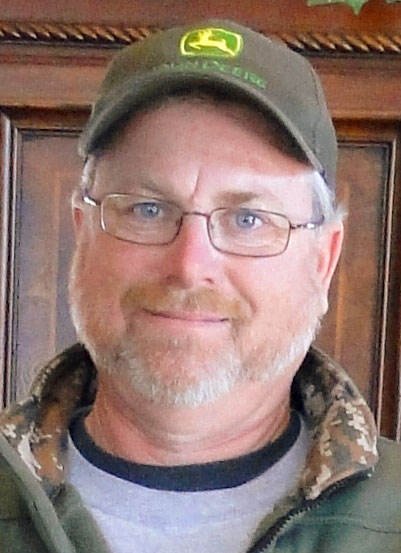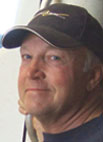 As long as go as the great Greek philosopher Plato, man has understood that “necessity is the mother of invention.”
As long as go as the great Greek philosopher Plato, man has understood that “necessity is the mother of invention.”
Drones are one such example. In 2000, the extremely difficult terrain of Afghanistan promoted the use of drones for reconnaissance with 9/11 giving birth to the idea of using them as weapons. Now drones are considered the cutting edge of technology in agriculture.
Fifteen years ago, Russell Burroughs of Greenbrier, Ark., tried to put a camera on a remote control helicopter to get pictures of their land on Farris Burroughs Farms, home to both a row crop and cattle operation specializing in registered Charolais. Russell’s specific needs were to check for erosion and to provide documentation. However, piloting the little helicopter was difficult, and it crashed before the pictures ever got taken.
In 2013, Russell began researching quadcopter drones because he had read they were now easier to fly. He decided to purchase a drone from DJI. Four models later, DJI perfected stability issues from factors and inserted a camera with 4K high definition.
Few local distributors exist across the country, and Russell, seeing value for other farmers began selling drones.
“My niche is personalized service as part of the purchase,” Russell said.
“My goal is to eliminate the stress that new technology sometimes creates. Most customers can successfully fly the drone with only 30 minutes of training. I want this experience to be a purchase and use event, something that doesn’t happen when consumers buy new technology and get a box in the mail.”
Agricultural applications for drones are extensive. According to an MIT technology review, crop and field applications include soil analysis, drone-planting systems with an up to 85 percent decrease in planting costs, spraying, vegetation indexing, and general plant health assessment.
Other land usage includes forest conservation, erosion prevention and analysis of grazing patterns, especially useful in rotational grazing where daily oversight allows for optimum land usage through accurately timed rotations. As important is monitoring fences and property after significant weather events.
Russell finds livestock usage as valuable. Drones allow for checking livestock without having to go out into the fields, monitoring birthing without disturbing the process unless intervention is needed, and searching for lost animals more quickly and efficiently with severe weather events making that critical.
The cattle are not spooked and soon become accustomed to the zippy little quadcopter and the buzzing sound. Due to software compatibility, videos can easily be loaded onto individual farm webpages or sent to Facebook and online sale barn and auction sites. In addition, if a prospective buyer asks a question about a specific animal, such as one of Farris Burroughs Farms’ Charolais bulls, Russell can send an immediate live feed to that individual or post on Facebook.
“The fact that smaller farmers can now market on equal footing with larger producers economically is a huge advantage for our farmers.” Russell said.
According to the Association for Unmanned Vehicle Systems International Agriculture, future use of drones in agriculture may reach as high as 80 percent of the total drone market. Part of that prediction is based upon future developments. These may include the ability to take individual animal temperature through a system that will identify each animal through a chip or tag and supply current drone gathered information in addition to that specific animal’s data and history. A possible future crop application may be combining drones with current combine technology including GPS in order to assess specific land health and condition while harvesting.
An important part of Russell’s current customer base is schools. EAST is an Arkansas originated and technology centered partnership among students, businesses and the community with the teacher being a facilitator rather than educator. EAST programs are beginning to use drone-based solutions for studying and solving problems. Two such recent projects included an environmental study on a public park and analyzing school related traffic patterns for possible routing solutions. Russell is hoping to expand that customer base as well as search and rescue applications for fire and law enforcement departments.






